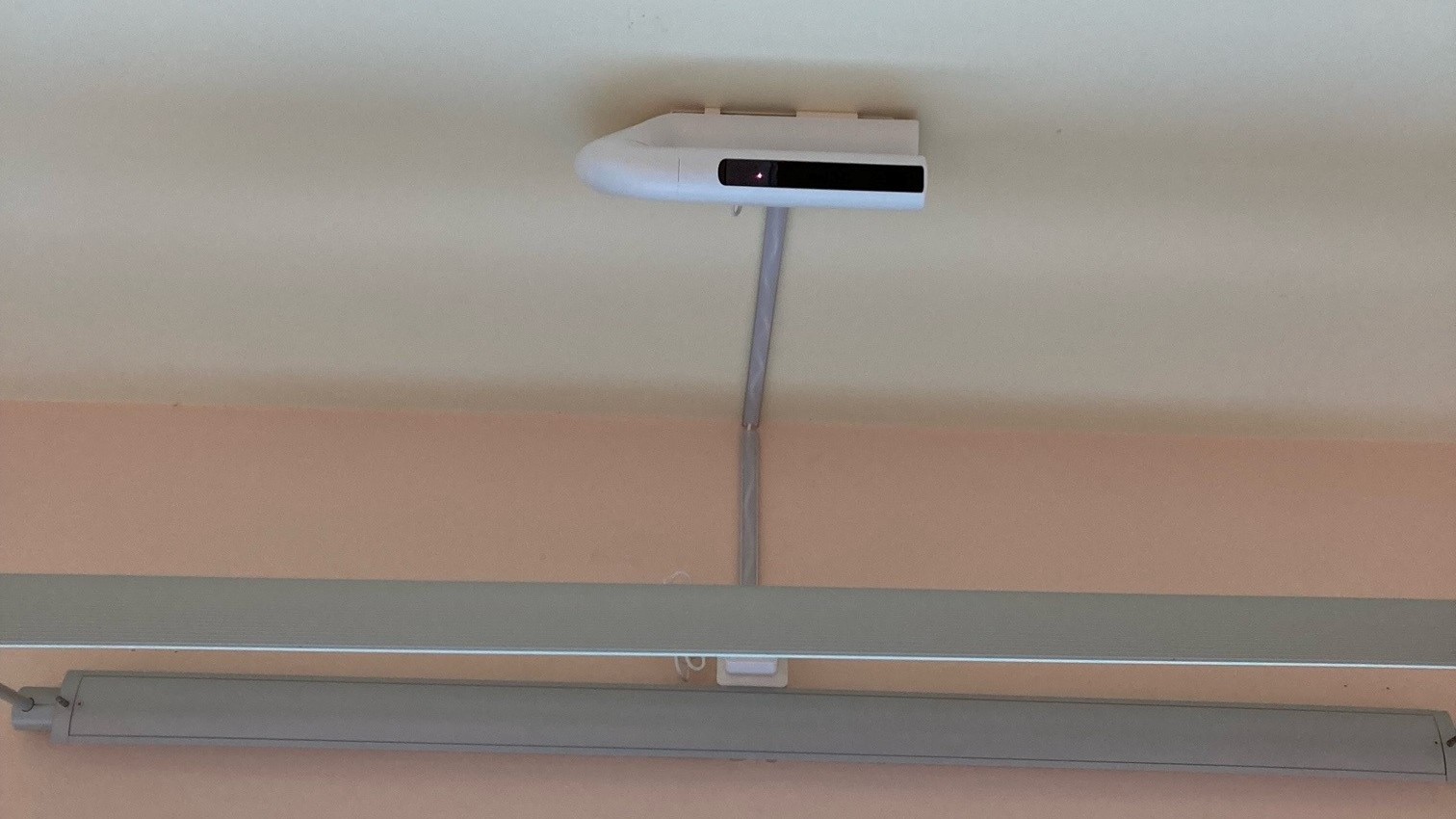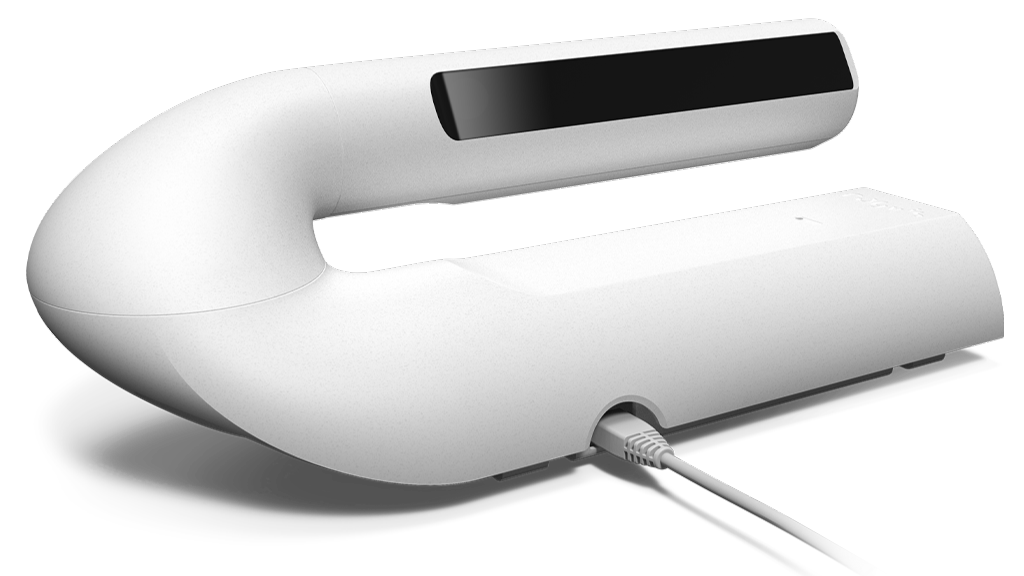DigiCare4CE Pilot Action in Austria – Lower Austria (NOELGA project partner)
Implementation of Advanced Sensor Technology for Fall Prevention in Long-Term Care

Overview
The implemented solution integrates advanced 3D smart sensors for fall prevention in long-term care (LTC) facilities. These intelligent sensors are installed in resident rooms to monitor movements and alert nursing staff in critical situations.
The sensors serve multiple functions, including:
- Fall prevention
- Detecting absence
- Reconstructing fall scenarios to prevent recurrence
This technology aims to enhance resident safety, optimize care processes, and reduce medical and operational costs related to fall incidents.
Decision-Making Process & Co-Creation
The pilot project was conducted in a nursing home in Lower Austria as part of the DigiCare4CE project. This facility was selected based on staff readiness and interest in digital solutions. The system was introduced to address challenges in manual fall monitoring and to improve response times, particularly during night shifts.
The decision-making process involved:
- Care management
- IT department
- Project management
- Nursing staff, ensuring familiarity and motivation for testing the system
Following these considerations, the care center Raabs/Thaya was chosen as the pilot site, with an emphasis on collaboration and adaptability for successful integration.

Implementation Process
Implementation was conducted in phases:
- Preparation Phase
- Assessment of LTC needs
- Verification of technical compatibility
- Training sessions for nursing staff
- Pilot Phase
- Gradual installation of sensors, starting with one unit and expanding to all rooms
- Collection of user feedback for adjustments
- Analysis of advantages (improved safety, efficiency) and challenges (workflow adjustments)
Insights from these phases helped in the continuous optimization of the system.
Impact on Care Processes
The solution significantly improved care workflows, particularly through:
- Automated fall detection, reducing manual checks
- Allowing staff to focus on personalized care
- Enhanced night shift monitoring, ensuring timely alerts for potential incidents
- Organizational adjustments, including:
- New workflows
- Additional staff training
- Resource reallocation to support system adoption
Results
Initial feedback has been positive, emphasizing the system’s potential to enhance resident safety and staff efficiency. Challenges like workflow adaptation are being addressed through continuous evaluation and feedback loops.
Due to its scalability and adaptability, the system is expected to be retained and further optimized to meet the evolving needs of the care facility.
Project Timeline & Future Prospects
- Pilot Duration: November 2023 – July 2024
- Participants: Nursing staff, residents, project managers, and CogvisAI (technology provider)
- Training: Staff were introduced to the system through staged activation of sensor modules to ensure a smooth transition
Video presentation of the NOELGA Pilot action:
This video presents the pilot action of the Initiative Healthacross of the Health Agency of Lower Austria, funded within the DigiCare4CE project. It features the use of the AI-powered cogvisAI sensor system to prevent falls and improve resident safety. The privacy-friendly technology supports care staff with real-time alerts and helps reduce workload while enhancing care quality and efficiency.